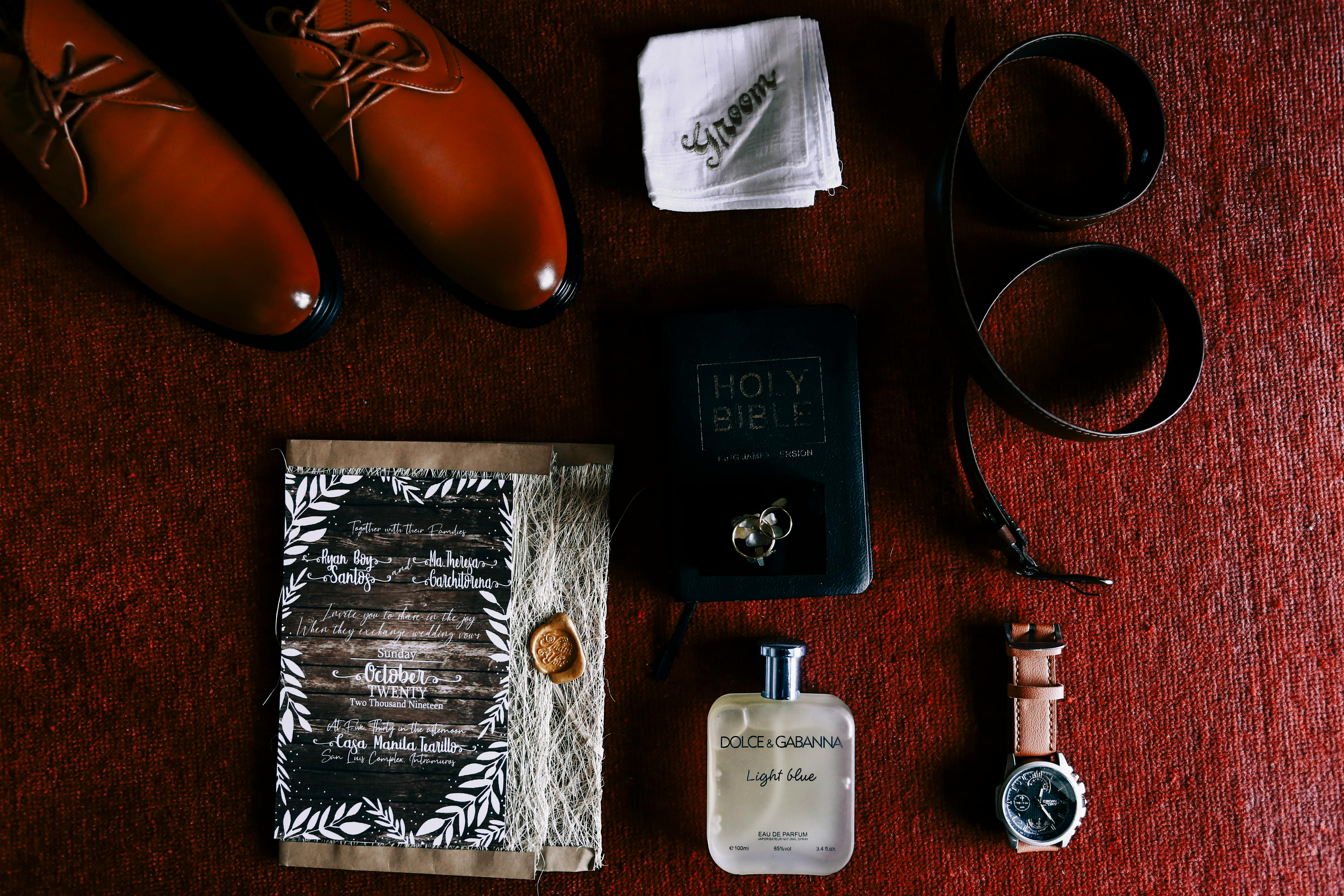Fungal infections of the human body are very common and often quite annoying. An example of this is a condition known as tinea versicolor, a superficial candidiasis that produces white patches on the skin that are difficult to remove.
How do I get it?
Pityrosporum orbiculare, the yeast that causes tinea versicolor, is present in small amounts on normal skin; Regular washing rids the skin of dead skin cells as well as excess yeast. But it can grow in large numbers – during the summer months when humidity soars or when a person’s immune system is weakened – and interfere with normal skin pigmentation; resulting in unsightly stains on both light and dark colors.
Teenagers and young adults, regardless of skin color, are the usual victims of tinea versicolor, and people with oily skin may be more prone than those with dry skin. In tropical countries, where humidity and temperature are persistently high, people of all ages can suffer from these spots throughout the year.
What are the symptoms?
Flat spots appear on the upper arms, chest, back, neck, and face, varying in color from white to pink to tan to brown. They vary greatly in size, from as small as four or five millimeters in diameter to large areas of confluence. Scaling may not be obvious, but can be easily obtained by scraping the affected areas. There may be mild itching, particularly if a person is sweating or feels hot. When the spots involve the neck or face, it can be very disconcerting.
What can I do about it?
If you think you have white spots or any skin discoloration, see a dermatologist. The appearance of the skin is often all that is required to ensure a diagnosis, but microscopic examination of the fine scales can be performed if necessary. When viewed under a special light or chemical preparation, the presence of the yeast can be confirmed.
How is it treated?
Tinea versicolor responds to topical or oral forms of treatment. Topical antifungal creams, ointments, or shampoos, containing selenium sulfide, ketoconazole, pyrithrone zinc, imidazole, or other medications, applied daily directly to affected areas once or twice have been shown to be effective. Sulfur soap and salicylic acid have also been used to remove yeast from the skin. Oral antifungals have been used to treat tinea versicolor resistant to topical applications. However, in both topical and oral forms of treatment, restoration of skin color should be expected several months after the yeast has been destroyed. Consult your dermatologist before using any of these medications.
Recurrence is common and medicated cleansers may be needed to prevent relapse. Ask your dermatologist about them. To discourage fungal overgrowth, keep skin dry and wear thin, loose clothing.




